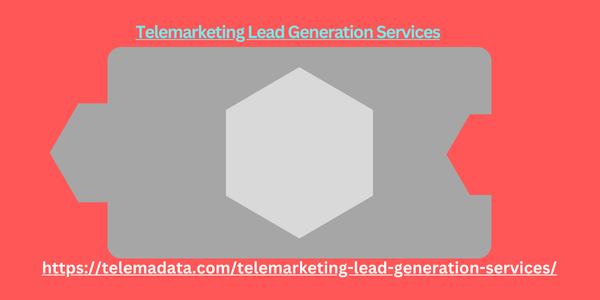A well-crafted follow-up email can be the difference between a successful interaction and a missed opportunity.
This guide equips you with the tools to write compelling follow-up emails that get noticed and nudge recipients towards the response you desire.
H2: Why Follow Up?
The initial email might Telemarketing Final Expense Leads not always land at the top of the recipient’s priority list. People get busy, forget, or simply haven’t had a chance to respond yet. A well-timed follow-up email demonstrates your continued interest, refreshes their memory, and increases the chances of a reply.
Benefits of a Follow-Up Email:
- Increased Response Rates: Studies show follow-up emails can significantly boost response rates. Persistence, delivered with courtesy, can pay off.
- Demonstrates Professionalism: Following up shows you’re serious about your request and value the recipient’s time.
- Builds Relationships: Following up with a genuine tone can nurture connections and establish rapport.
H2: When to Follow Up
Timing is crucial for a successful follow-up. Here are some general guidelines:
- First Follow-Up: Wait 2-3 business days after sending your initial email. This gives the recipient ample time to respond without appearing pushy.
- Subsequent Follow-Ups: For subsequent emails, space them out further, like 5-7 business days.
- Urgent Matters: Urgent requests might warrant a sooner follow-up, within 24 hours, but ensure your email clearly conveys the urgency.
Tip: Consider the recipient’s typical response time when deciding when to follow up.
H2: Crafting Your Follow-Up Email
An effective follow-up email should be clear, concise, and professional.
Here’s a breakdown of the key elements:
-
- Subject Line: Craft a subject line that jogs the recipient’s memory and entices them to open the email.
- Examples: “Following Up: [Original Subject Line]” or “Quick Question About [Original Topic]”
- Salutation: Maintain a professional greeting, using the recipient’s name if possible.
- Introduction: Start with a polite reminder of your initial email and its purpose. Briefly mention the date it was sent. Avoid: Generic statements like “Just checking in.”
- Focus on: Adding value or providing additional information that might be helpful.
-
This is the heart of your email. Be clear and concise about your request
- Subject Line: Craft a subject line that jogs the recipient’s memory and entices them to open the email.
-
- Example: “In my previous email, I Embrace the Power of Local SEO: mentioned [briefly mention a key point]. I’d be happy to answer any questions you might have or provide further details on [specific aspect].”
- Call to Action (CTA): Clearly state what action you’d like the recipient to take. Do you want them to schedule a call, reply to your email, or confirm something?
- Example: “Would you be available for a brief call next week to discuss this further?”
- Closing: End with a courteous closing, thanking the recipient for their time and consideration.
- Examples: “Thank you for your time and I look forward to hearing from you soon.” or “Sincerely,” followed by your name.
H3: Subject Line Magic
A compelling subject line is crucial for grabbing the recipient’s attention in a crowded inbox. Here are some tips:
- Keep it Short and Sweet: Aim for under 50 characters.
- Keywords and Specificity: Include relevant keywords that remind the recipient of your original email.
- Sense of Urgency (Optional): For urgent matters, consider using words like “Important” or “Time Sensitive” strategically.
- Personalization: If appropriate, use the recipient’s name to personalize the subject line.





